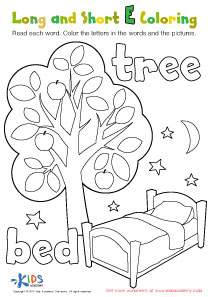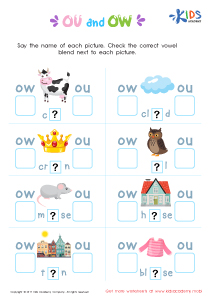Phonics Skills Normal Vowel Diphthongs Worksheets for Ages 7-8
10 filtered results
-
From - To
Enhance your child's phonics skills with our engaging worksheets focused on normal vowel diphthongs, designed specifically for ages 7-8. These worksheets provide enjoyable activities that help young learners recognize and practice diphthongs in various contexts, strengthening their reading and writing abilities. With a variety of interactive exercises, your child will improve their pronunciation and vocabulary while gaining confidence in language arts. Our resources align with educational standards to ensure effective learning. Foster a love for reading and enhance phonetic understanding with these carefully crafted worksheets that make learning fun and effective! Explore our collection today to support your child's literacy journey.
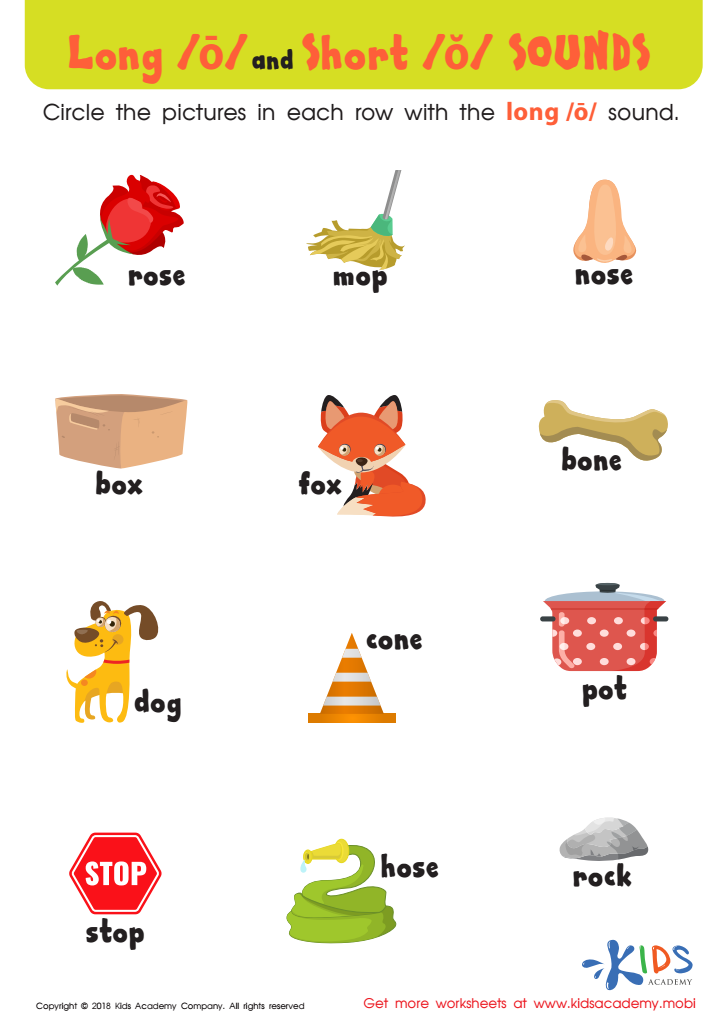

Reading: Long O and Short O Sounds Worksheet
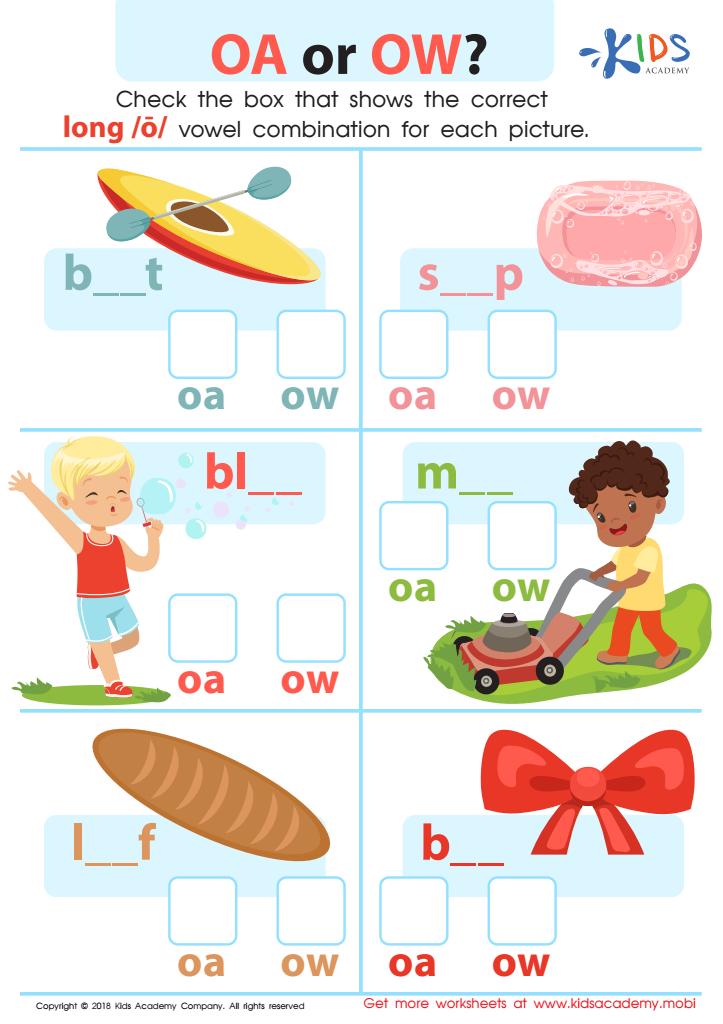

Reading: OA or OW Worksheet
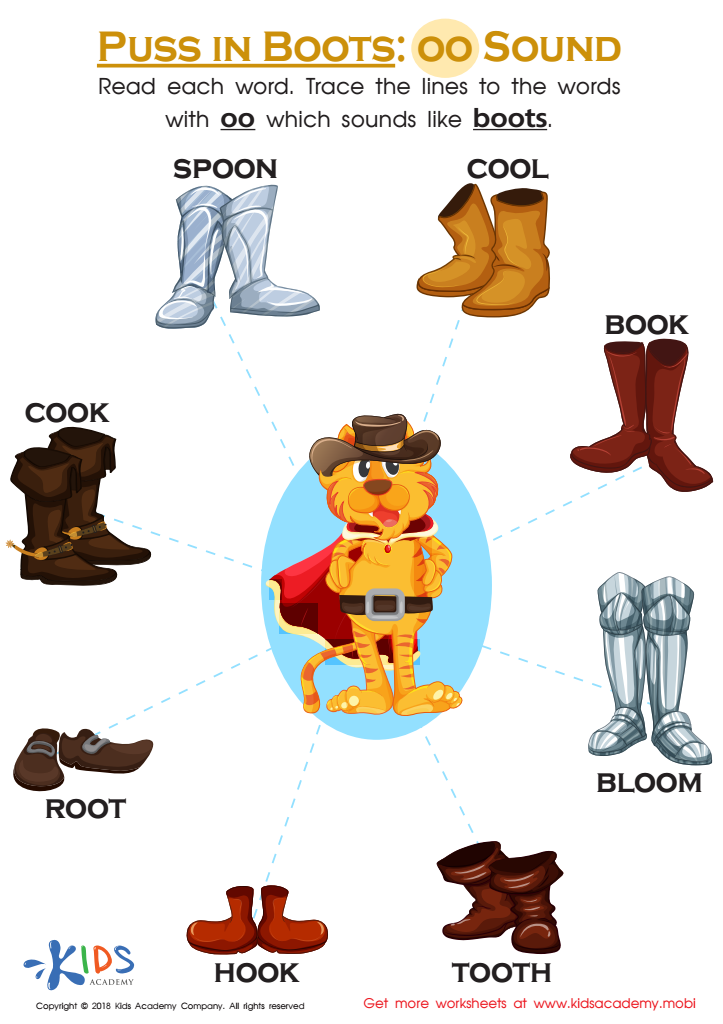

Puss in Boots: OO Sound Worksheet
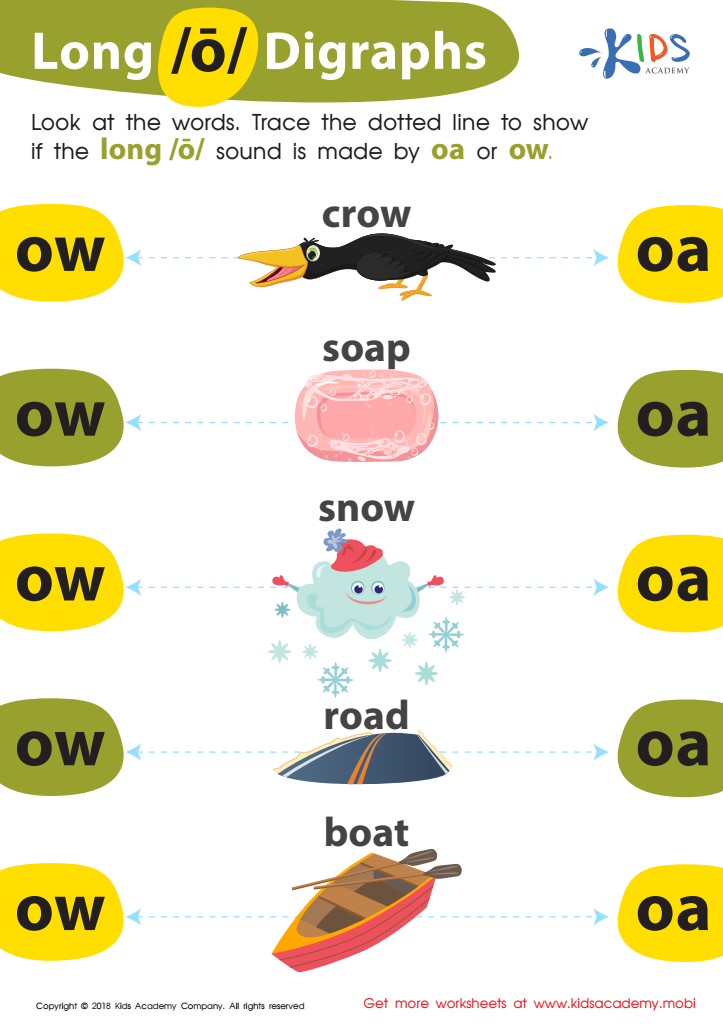

Reading: Long O Digraphs Worksheet
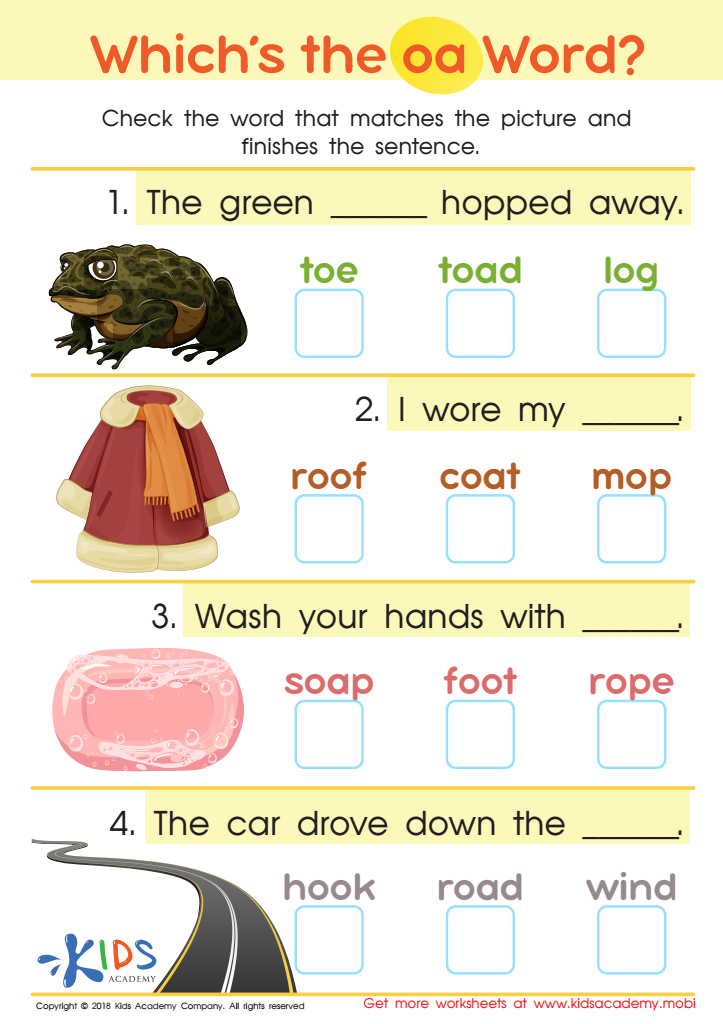

Which's the OA Word? Worksheet
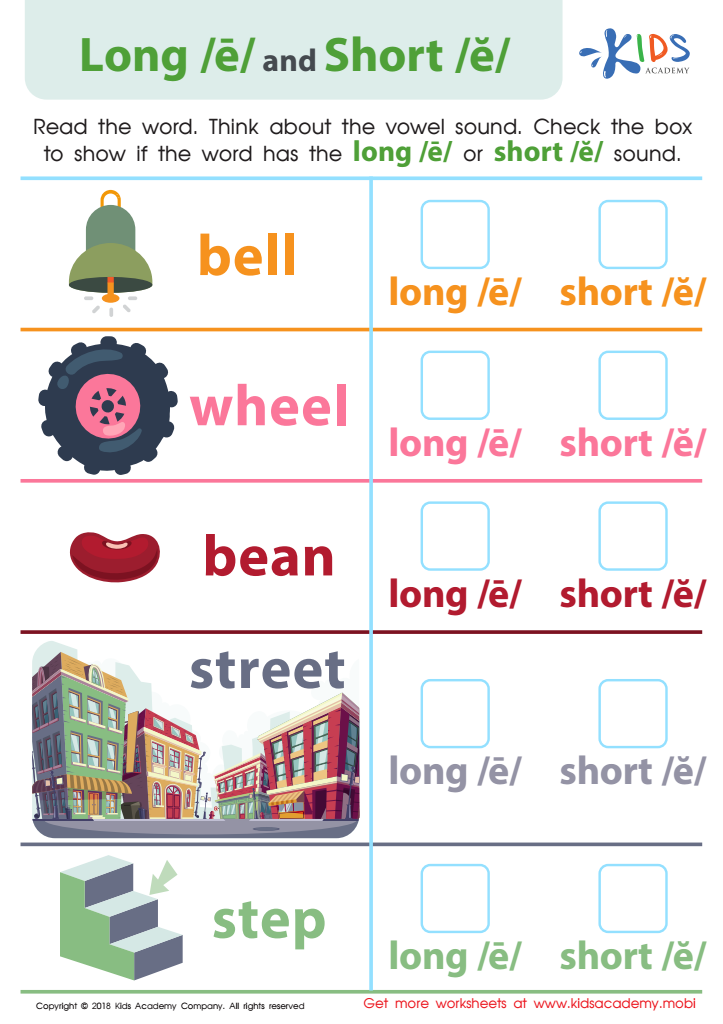

Reading: Long E and Short E Worksheet
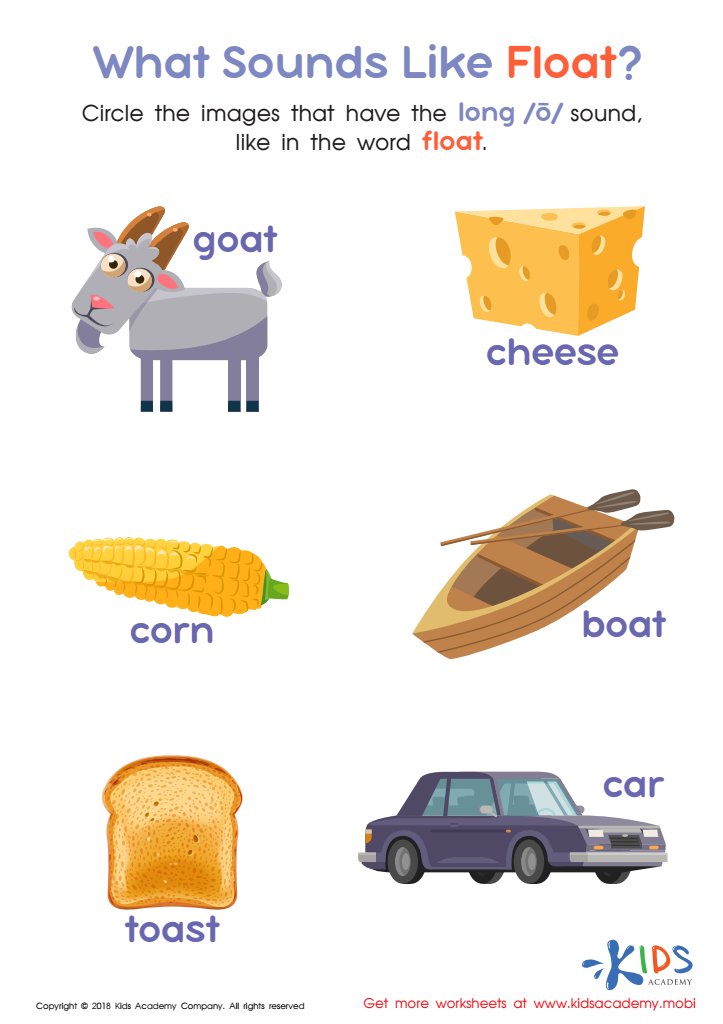

What Sounds Like Float? Worksheet
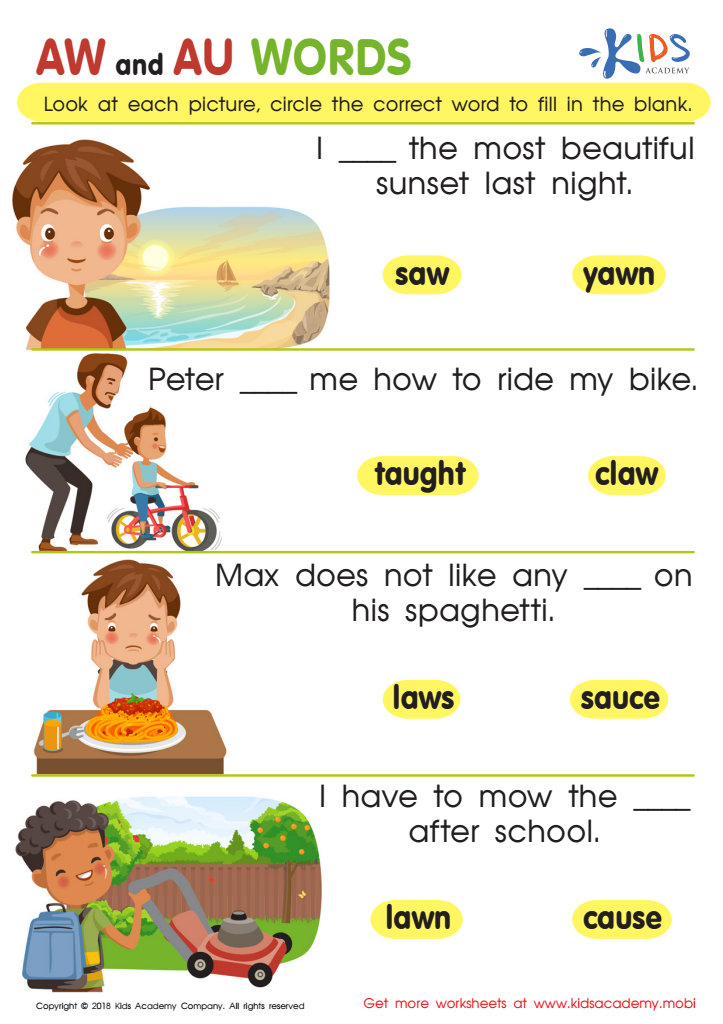

Reading: AW and AU Words Worksheet
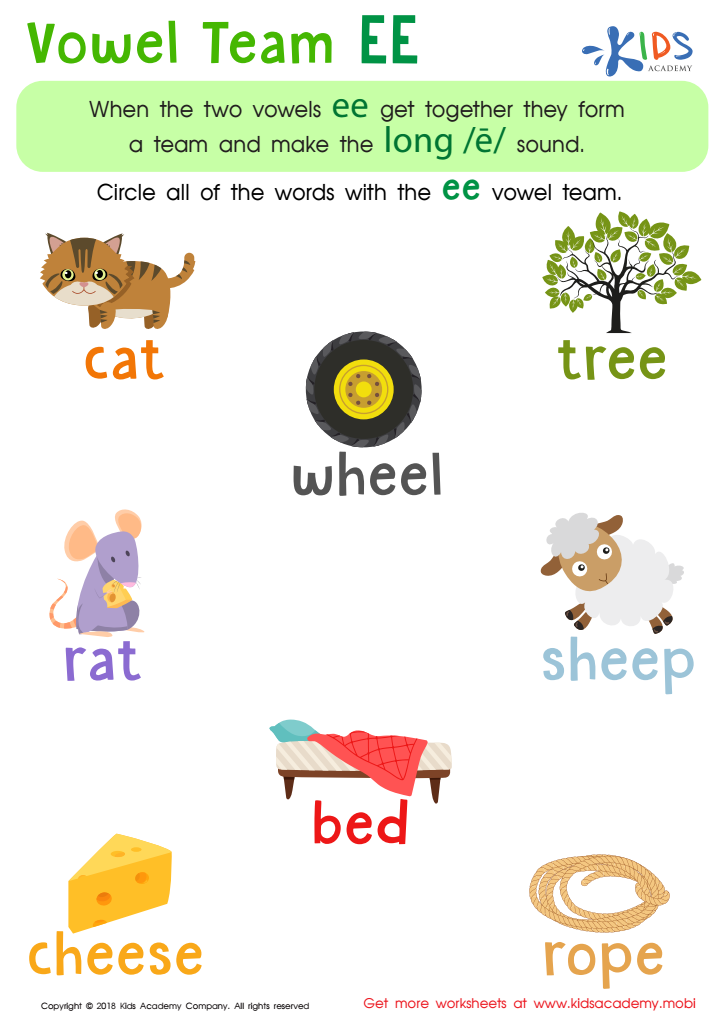

Reading: Vowel Team EE Worksheet
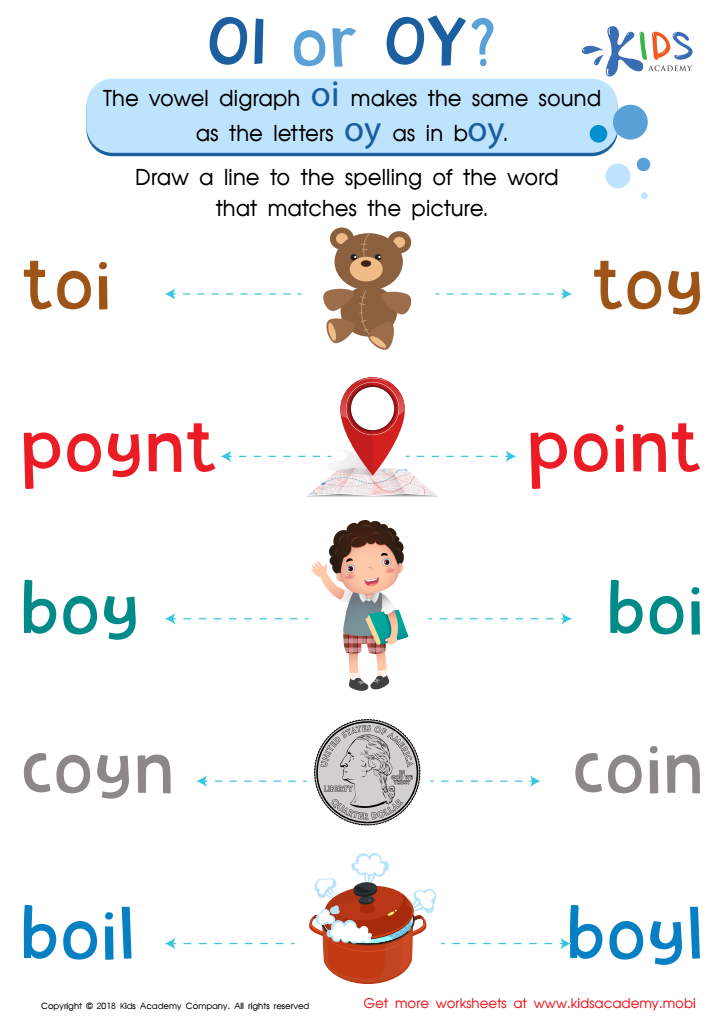

Reading: OI and OY Worksheet
Phonics skills, particularly understanding normal vowel diphthongs, are essential for children aged 7-8 as they pave the way for successful reading and writing development. During this critical period in literacy development, children begin to encounter increasingly complex texts. Diphthongs—combination sounds made when two vowels blend together—are vital for correct pronunciation and comprehension.
Parents and teachers should care deeply about phonics instruction because mastery of these sounds enhances a child's ability to decode unfamiliar words, thus boosting their confidence and encouraging a lifelong love for reading. Children who struggle with phonics often face challenges in fluency and comprehension, which can lead to frustration and disengagement from learning.
Additionally, explicit instruction in vowel diphthongs can significantly impact a child's spelling abilities, as these sounds are common in many words. When children understand how diphthongs operate, they can devise better strategies for tackling new vocabulary and improving their writing skills.
Engaging in phonics-related activities that include diphthongs not only supports academic success but also fosters critical thinking and problem-solving skills. Consequently, prioritizing phonics enables children to become proficient readers, better prepared for future educational endeavors.
 Assign to My Students
Assign to My Students




